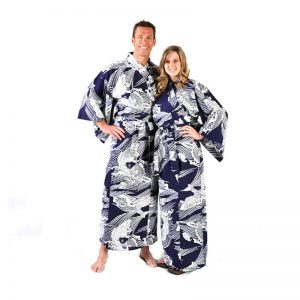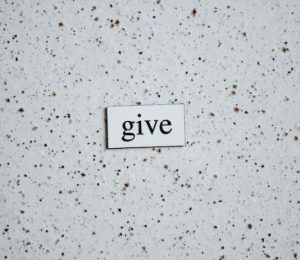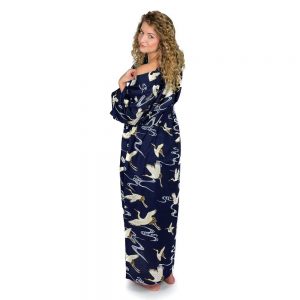The weather is starting to warm up, and spring is just around the corner. It’s time to start thinking about blending fashion with function. Kimonos have been a traditional staple of Japanese culture for centuries. They have recently become quite popular in fashion worldwide. No longer are they merely an item of clothing used during festivals or special occasions. Today’s modern kimonos are designed to make a statement while still providing comfort and practicality. They come in many styles, colors, fabrics, and price points – something for everyone! Whether you’re looking for something casual or more formal, we’ve rounded up the most popular kimonos on the market right now so that you can stay on trend this season without compromising on quality or comfort.
A new month, a new list of the most popular selling Japanese kimono and yukata robes. We provide this list each month to share with our customers what is hot. This list is based on actual sales, so the people speak. Here are the Top Five Selling robes for February:
Yukata – Navy Kagome: Looking for a stylish and comfortable men’s yukata? The Yukata-Navy Kagome is one of our most popular options. Made from 100% cotton, this yukata is soft, breathable, and easy to care for. It’s machine-washable for your convenience, and it comes with a matching belt or sash. Five sizes are available to ensure a perfect fit.
Yukata – Cloud Dragon: The Yukata Cloud Dragon celebrates the legend of the Cloud Dragon. It was invented by a priest in the Tenryu-Ji Zen Temple in Kyoto, Japan. The name Tenryu-Ji translates to “temple of the heavenly dragon.” The current version of the dragon rests on the ceiling so it appears that the dragon is looking down at you wherever you enter the temple. This yukata honors the historic painting.
Living among the clouds against a navy blue background representing the sky, the gilded dragons, gold calligraphy and contrasting shades of blue create this distinctive and attractive design. The robe is made in Japan of 100% cotton with a shrink-resistant finish and has contemporary straight sleeves. A matching belt is included. Available in 3 sizes.
Yukata – Great Wave: Inspired by the Great Wave off Kanagawa, one of the most famous and recognized Japanese paintings in the world. This men’s Yukata captures the beauty and power of the ocean in a vibrant wave design. The robe is made of 100% cotton and features rich details in shades of purple, gray, black, and white. A matching belt is included. Made in Japan. Three sizes are available.
Kimono – Black Dragon and Tiger: The Dragon and Tiger Kimono is a stunning work of art. It features a dramatic dragon and tiger pattern that seems to come to life. The black background highlights the vivid colors of the tigers and dragons as they make their bold journey across the kimono fabric. The pairing of the two is thought to harmonize rain and peace. Expertly crafted in Japan by master clothiers, this kimono is made of 100% brushed cotton for a soft, comfortable feel. Whether worn as a statement piece or simply enjoyed as a work of art, the Dragon and Tiger Kimono is sure to impress.
Yukata – Warrior Kanji Seal: This Yukata robe reflects the robes worn by Japanese Shogun warriors in ancient times. The white kanji symbols in a haiku design on the navy blue background are incredibly stylish and make a bold statement. Additionally, the gold kanji seals add a touch of luxury and elegance. The robe is made in Japan of 100% cotton with a shrink-resistant finish, so it’s easy to care for. The contemporary straight sleeves are perfect for any occasion. A matching belt is included.
When you shop for a kimono or yukata robe, you want it to be well-made and fashionable. That’s why we compile this list each month from actual sales reports. This way our customers get up-to-date information on what is trending in the fashion world. From traditional styles to more modern Yuzu-inspired pieces, there is something for everyone when it comes to Japanese clothing.
Explore the various options here at our shop and you are sure to find something that suits your taste! With so many different styles and trends, it’s easy to make a bold statement with an amazing kimono or yukata robe today! Shop now and find out what makes these garments popular among culture enthusiasts around the globe. What is your favorite style? If you are unsure take a look at this list to see the best of the best when it comes to kimono fashion. We can guarantee you won’t be disappointed with these amazing selections!











